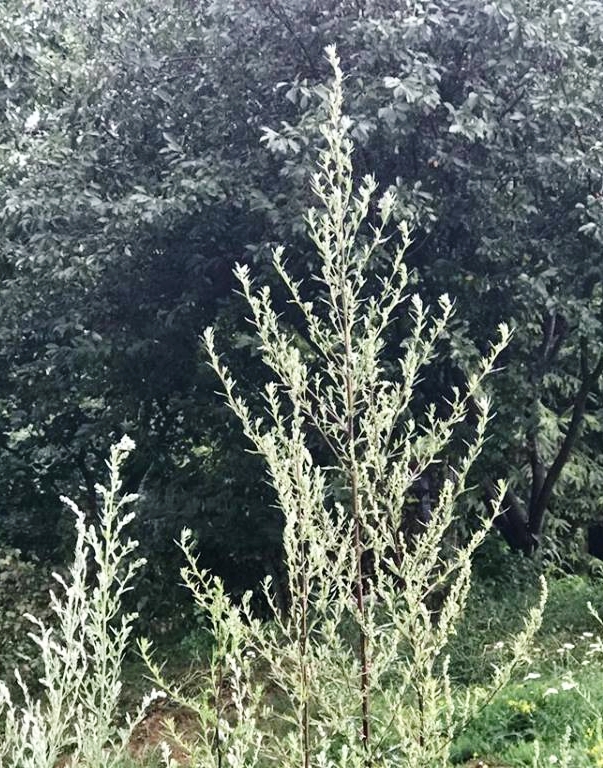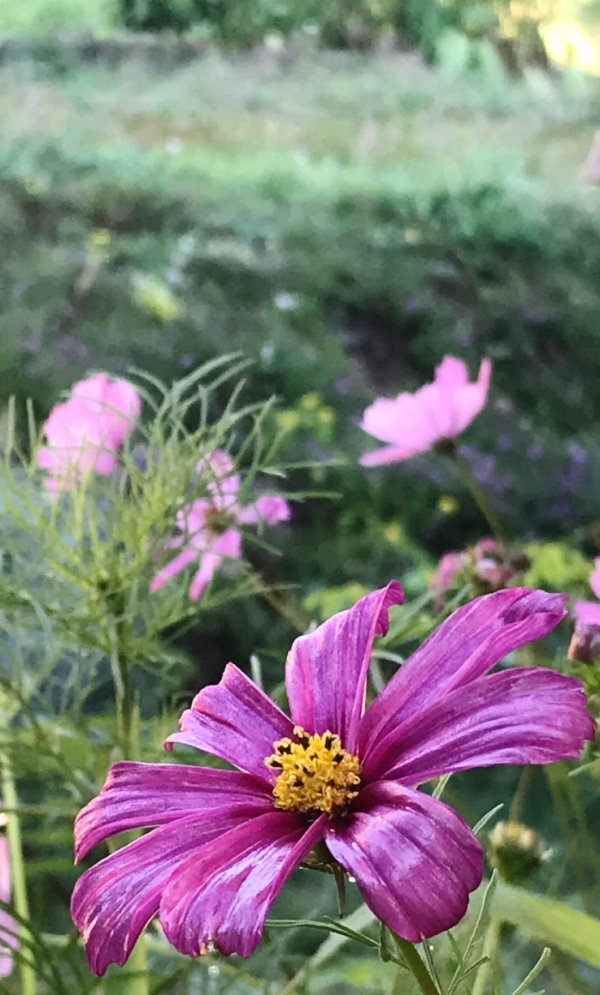Fir: The medicine of the holiday tree
/When I was a child, living in the remote Blue Mountains of northeastern Oregon, knowledge of edible plants was highly prized among the kids I played with. Being able to pick wild food bestowed an aura of daring, super-adult independence upon a kid and it also meant you could comfortably leave home in the morning and not return until nightfall, which sometimes came in handy.
To be fair, I must say that our knowledge was pretty limited, but no one could fault our enthusiasm.
Image by Arie Farnam
One of my favorite edible plants was fir, not because it was particularly tasty, but because it was ubiquitous and edible in early spring when almost nothing else was in our area. In the early spring, fir trees grow a couple of inches of new needle-bearing twigs onto the ends of their branches.
This new growth is clearly visible as a vibrant lime green against the darker green of the rest of the evergreen. And unlike the hard, dusty, older needles, the new growth has a tangy, fresh taste.
What I didn’t know at the time was that the young needles are an excellent natural source of vitamin C in a cold climate where such sources are relatively rare. The new growth of fir also contains resins and aromatic compounds that are helpful in relieving respiratory congestion. Combined with the vitamin C, that makes the young needles a solid cold remedy.
While I happily ate these sprigs raw as a kid, many adults would rather drink them has a tea, which has a pleasant and somewhat earthier flavor than the raw needles, though I am not certain how much of the vitamin C and other volatile medicinal compounds will survive drying and long storage, so this may well remain mostly a seasonal remedy.
Still early spring is a particularly rough time for getting over winter colds, so it is worth remembering, nonetheless.
I also love fir trees in their holiday splendor, though the modern tree farms where millions of tiny trees are specifically bred and cut each year for holiday decoration leave me a bit sad. My aversion to plastic is still too high for me to use a fake tree.
I miss the winter holidays of my childhood, when the ritual of hunting our tree involved a snowy trek out into the woods with my father and brothers, where we examined crowded stands of small firs in search of a tree that was somewhat shapely but also contributing to problematic overcrowding. Then we returned singing to cups of hot cocoa and cookies with our prize on a sled.
Thinning new growth at the edges of the forest was a healthy and useful practice for the local ecosystem, but clearly it doesn’t actually represent a sustainable way for everyone to harvest a tree for the Winter Solstice or similar holidays. And it is worth remembering that we eat young plants bred and cut specifically for that purpose every day. Tree farms are not particularly evil.
The smell of fir indoors is calming and comforting to me, probably because my childhood holiday experiences were primarily positive. For my husband, whose childhood was marked by major family conflicts at the holidays, the associations are not so cozy, but he tries to play along.
Still the smell reminds me first and foremost of those tangy snacks on spring hikes in the woods and the other medicinal uses of fir. Fir trees can provide helpful medicine beyond the fresh shoots of early spring, and most of it is available all year round and without harming the tree.
Several Native American nations use poultices made from the sap of Douglas fir to disinfect and protect wounds with great effectiveness. The poultice has apparently also been used to heal dislocated, rheumatic or stiff joints. The runny sap that can be tapped from a fir tree will harden into a protective layer.
I have never personally used either of these methods in a first-aid situation, but only because I have not had to treat significant wounds in a forest where fir is available. If I did, this would be my first choice as the sap is wonderfully antiseptic and in a fresh state can be applied to a washed and cleaned wound.
The resin has also been chewed to help with coughs and sore throats. Some herbalists note that an infusion of green fir bark may be helpful with excessive menstruation or bleeding bowels. And some people soak the needles in cold water to produce a pleasant and mildly disinfectant mouthwash.
Because not everyone grew up in the woods, I’m going to add a warning here on identification of fir. Suburbanites may feel sure they can identify those spiky evergreens we use as holiday trees. “They are the ones with the short needles, whereas the long needles are pines… right?”
But beware! There are several species of evergreens with short, dark-green needles with the flat appearance of fir that are deadly poisonous.
I’m talking about yew and hemlock, both of which are among the most poisonous plants in temperate forests. Fir, yew and hemlock all share distinctly flat, single needles. They can be differentiated from spruce because their needles grow from the twig on opposite sides of the branch. That’s what gives the branches of needles their flat appearance.
So, how do you tell the difference? You need to be very sure here, after all, if you want to use these plants medicinally, or even bring them indoors for holiday decoration.
Hemlock needles attach to the central twig with a small stem. Fir doesn’t have that stem, although some needles may have what look like little suction cups gripping the central twig. So, check for a stem on the needles, unless you are so experienced that you can differentiate these trees by smell.
Differentiating fir from yew can be even trickier. Fir and hemlock both have white lines on the underside of their needles. Yew does not. It’s needles are also only about half an inch long, much shorter than most fir. It is also good to be aware that yew has small red berries at some times of the year. Fir doesn’t ever have red berries.
Be sure about your identification and in general, I don’t advise just going out into the woods to harvest fir unless you spend a lot of time in the woods generally. Time and experience will make this identification much easier because there are other subtler differences in the trees, including smell and the texture of the needles, which is harder to describe in writing.
Be safe and enjoy the evergreen season!
























